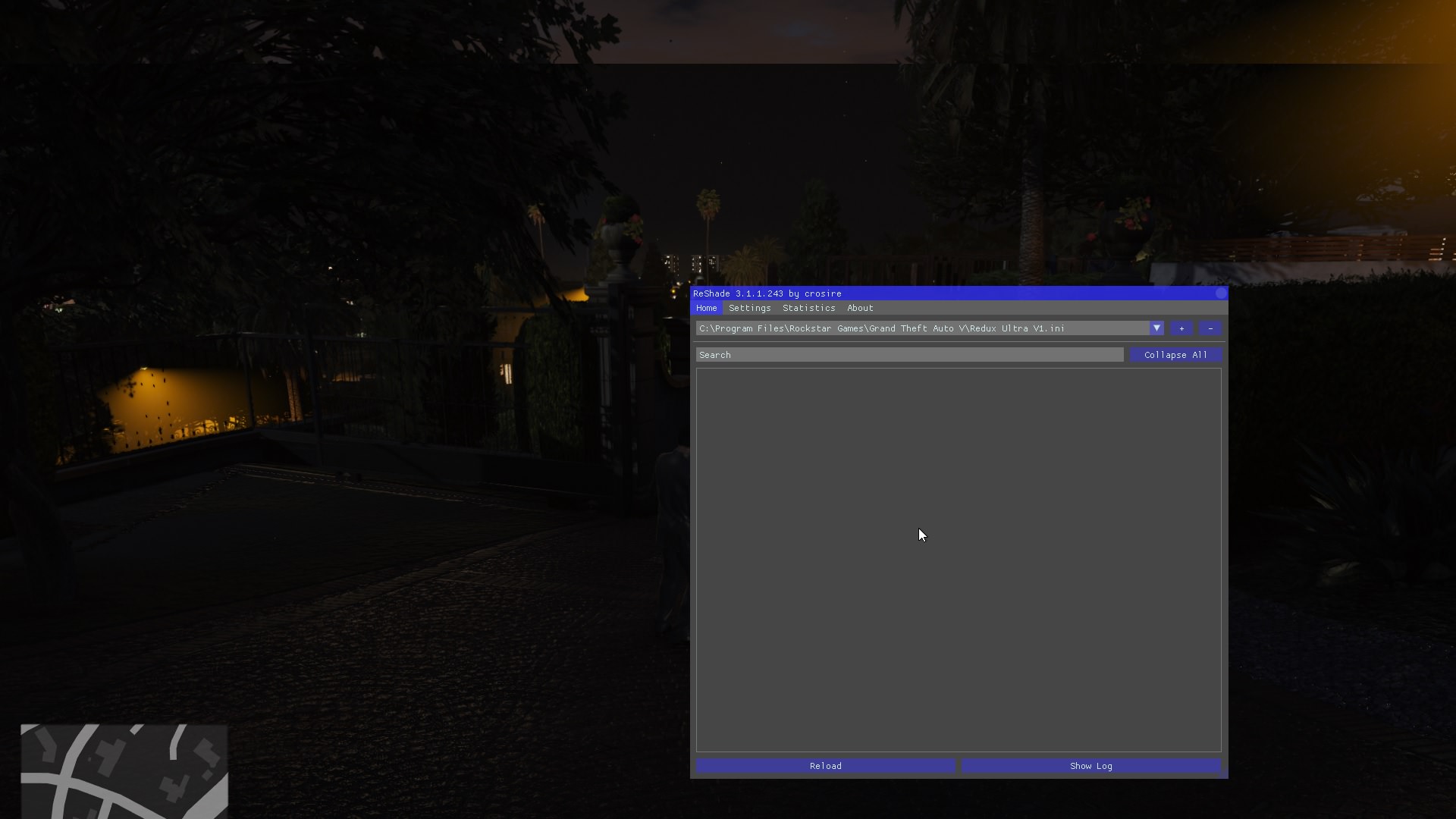
The problem is most of them have been developed by companies lacking funding and experience (and often competence), so they're usually rife with game-killing issues, and most people don't get interested in them or stick with them.

I think sandbox MMOs are a massively untapped niche. (Examples: EVE Online, Ultima Online, Shadowbane, Darkfall, etc.) Imagine some of the sandbox aspects of Spore, but with tens of thousands of other players in real-time. The only games I've played where what you do really affects the world in a lasting and true way are sandbox MMORPGs. This is how I felt when I first played Spore, but since then, I've come to feel this way about all single-player games and most multi-player games, honestly.


It wasn't that there was no unifying vision - it was that the game pretended everything mattered, but you'd chug along and realize there was literally nothing affected by anything you did - the whole thing was an empty shell. Spore, of course, somehow believed it had some kind of depth, and run you through each minigame for hours. The crime too is that mario party knows their minigames are shallow - so they last for at most minutes, and offer like 60 of them. 5 fairly worthless games mashed together to produce one large worthless game. It was supposed to be a (perhaps goofy) cross-millenia simulation, and instead it was. Each minigame was supposed to impact the way your creature developed - the constraints of your environment, your skill, your choices, etc, were supposed to guide your creature down a path such that your choices from minigame 1 would change what you'd have to work with by minigame 3. The problem with spore is that it had a very clear, and obvious, and intentional thread - the evolution of your creature. The minigame aspect doesn't really matter - most games can be considered a bunch of minigames wrapped up, where each component is really its own subgame (eg weapon crafting vs fighting vs town-building vs etc), all threaded together to produce some overarching value. The building that's second from the bottom, facing towards us. Look at the second link's first screenshot. Depending on how complicated you make the tiling, you can get a lot of effects this way. The shader then chooses the window texture if the UV coordinates fall within the window tile, or the concrete texture otherwise.
Spore game 2020 windows#
You set up the window texture to repeat with an offset that lines it up with the building's UV coordinates such that the windows appear horizontally and vertically where they should. You set up the concrete texture to tile continuously. You load up a concrete texture and a window texture in the atlas. You're trying to draw a concrete cube with windows on each side, spaced 1m apart vertically. What he's talking about is a more advanced version that lets you do multitexturing from a single atlas - use two small textures and blend between them, with each having different tiling settings to make everything line up. This lets you avoid having a ton of small textures and instead use one big texture, only changing the UV region before drawing each model. Each small texture occupies a rectangular UV region in the big atlas, and when you are looking up texture coordinates x,y of the small texture, you remap them from (0,0)-(1,1) to the coordinates of the region in the atlas. So you have a texture atlas - a big texture with many small textures packed into it.


 0 kommentar(er)
0 kommentar(er)
